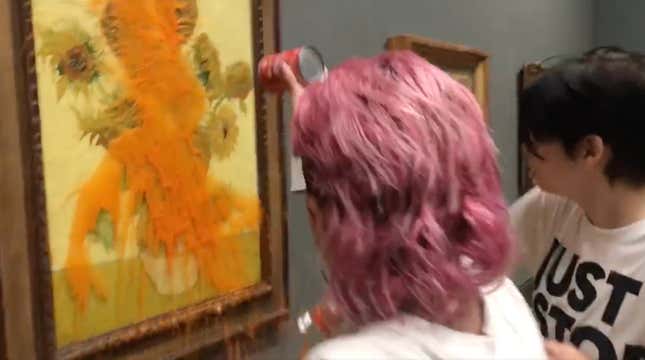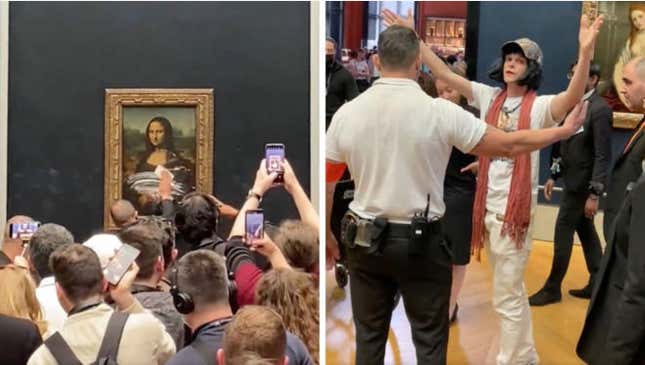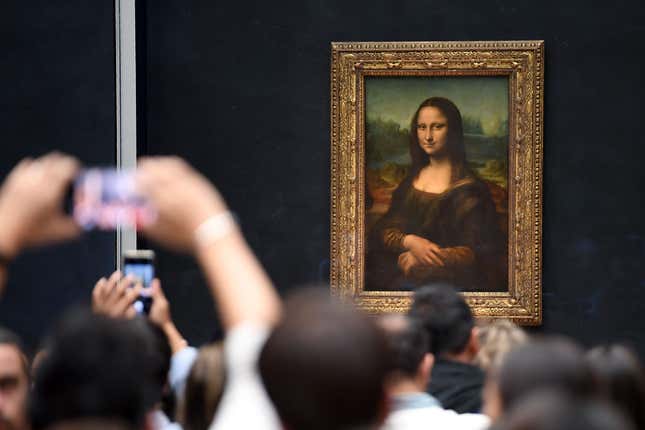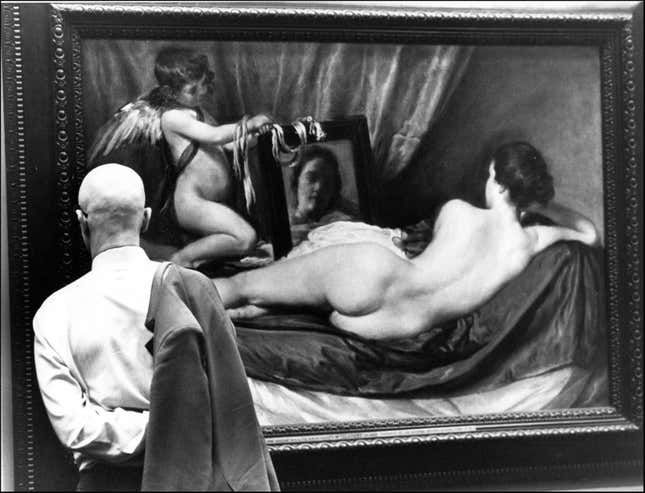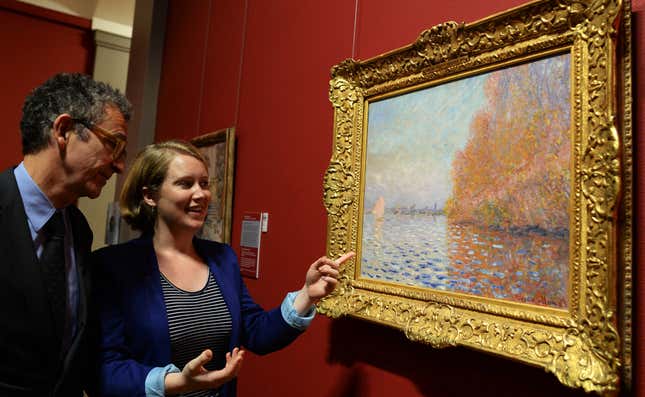If You’re Going to Vandalize World-Renowned Art, at Least Make It Count
Destroying art is its own genre of political theater. Here are my reviews.
Entertainment-

-

-

-

-

-

-

-

-

-

-

-

-

-

-

-

-

-

-

-

-

-

-

-

-

-

-

-

-

-

-

-

-

-

-

-

-

-

-

-

